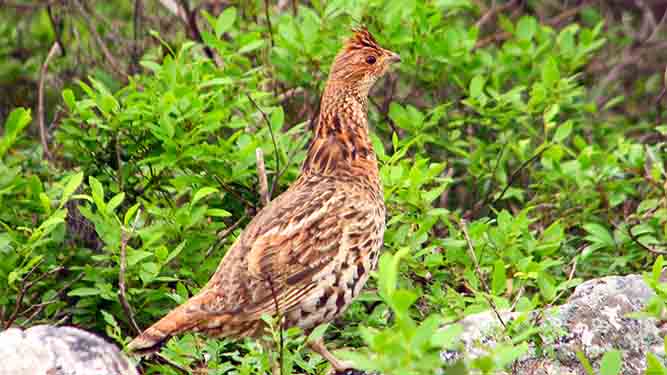Forests have long been recognized as natural climate change solutions due to their amazing ability to convert carbon dioxide into living tissues like leaves, bark, stems, and roots.
Carbon dioxide is a greenhouse gas that traps heat close to Earth, contributing to climate change.
Through photosynthesis, trees sequester carbon and store it for hundreds of years (or longer).
Pennsylvania forests store an estimated 1.5 billion tons of carbon annually.
DCNR’s Forest Carbon Management Principles

People often ask about the DCNR Bureau of Forestry's approach to forest carbon management. To help communicate its approach on state forest land and to provide advice to private forest landowners and partners, the bureau developed a set of Forest Carbon Management Principles (PDF).
“We have an important responsibility to model sound forest management on state forest lands, including carbon management,” said State Forester Seth Cassell. "While these principles are a foundation for our approach, we recognize there is a lot to learn about the topic, and we look forward to working with partners to advance research and understanding of how we can best manage forests for climate resilience and carbon benefits."
A few of the principles are:
- Keep forests as forests
- Plant trees
- Regenerate vigorous young forests
- Support the use of durable wood products
- Conserve and enhance old growth forests
More Than Carbon Benefits

It is important to note that sound forest management, on both private and public lands, is rarely planned with a singular goal in mind. When managed for multiple benefits, these forests tend to be more diverse and resilient in the long-term.
“Forest carbon management will likely be most successful when taking a balanced approach, keeping the forest healthy and resilient at a landscape level, and managing for multiple ecological and societal benefits,” Cassell said.
For example, forest management can:
- Improve wildlife habitat while sequestering more carbon
- Facilitate a steady supply of lumber (durable wood products) that stores carbon while promoting the growth of young forests and the vigorous growth that enhances carbon uptake.
Explore Partner Programs
DCNR routinely advises on the staple issues in forest management -- invasive insects and plants, white-tailed deer, timber harvesting, land use practices, stand diversity, etc.
Forest carbon management, while still a relatively new idea, is certainly gaining attention. In addition to the DCNR principles partner programs include:
You can also learn how to encourage climate change resilience by viewing regional factsheets found on the DCNR Climate Change page.
Talk to Your DCNR Service Forester

Making sense of all the available resources and tips can seem daunting, which is why DCNR encourages forest landowners to reach out to service foresters for management advice.
Connecting with a county service forester (PDF) can help clarify goals for your forest and help you create a plan to get there, ensuring your forest’s resilience and maximizing carbon benefits.